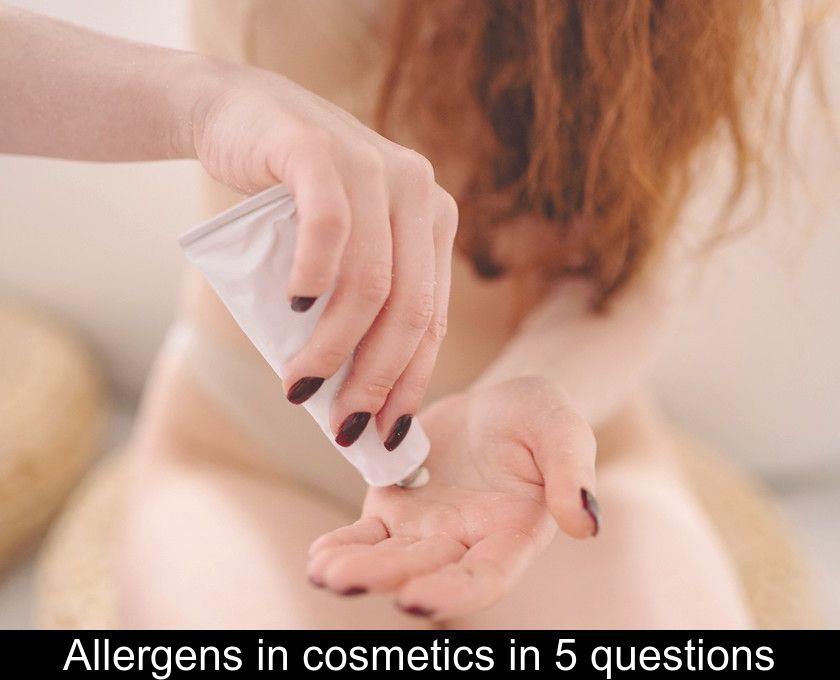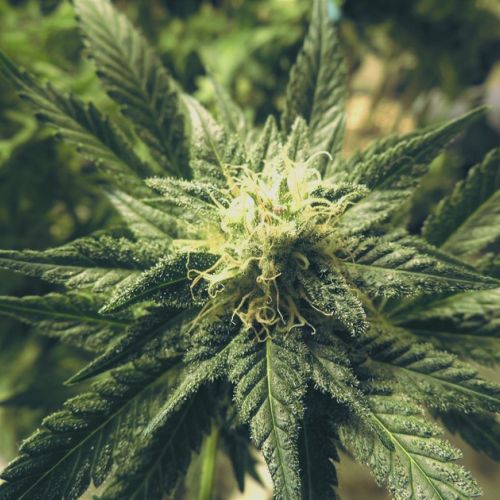Allergens In Cosmetics In 5 Questions
Do you usually look at the composition of beauty products? You have to be particularly vigilant because these are products that we apply several times a day to our skin. However, it can happen that certain ingredients cause our immune system to overreact and lead to hives. Here is everything you need to know about allergens in cosmetics in 5 questions.
1- How to recognize an allergy to a cosmetic product?
If you notice itching, redness or small pimples after applying a new cream to your skin, it is not necessarily an allergy but perhaps a simple irritation.
Typically, allergy to a beauty product does not occur when the product is first applied, but rather after a sensitization phase. Your immune system eventually goes into overdrive upon contact with an allergenic substance and you develop hives.
The allergens in cosmetics usually cause pimples similar to nettle stings or eczema. These are not ordinary pimples but rather small red blisters that ooze.
2- How to identify the allergenic substance?
It is not easy to identify the substance causing the allergy because there are many kinds of allergens in cosmetics. Most often, it is preservatives or fragrances that are the cause of allergies. These two categories of ingredients are therefore highly regulated by European regulations.
However, any synthetic or natural substance that would be totally harmless for most people can become allergenic for you.
To try to identify the ingredient you are allergic to, start by reading the complete list of ingredients that make up the product. This so-called INCI list (for International Nomenclature for Cosmetic Ingredients) is required to appear on the packaging.
The ingredients are classified from the most concentrated to the least concentrated. Natural plant extracts are designated by their Latin name while the plant part and other molecules are designated by their English name.
3- Where can I find the list of allergenic substances?
To find out what allergens are in Cosmetics and identify the one you reacted to, you can also use the list of 26 fragrance substances known to be allergenic (see link below).
These substances that may cause an allergy are subject to special regulations. Their names must be included in the INCI list of ingredients if the concentration exceeds 0.001% for leave-on products or 0.01% for rinse-off products.
4- Are organic or hypoallergenic products safer?
Beware, the organic label does not guarantee the absence of allergens in cosmetics. These products, generally formulated from natural ingredients, often contain essential oils that can be allergenic. In addition, it is entirely possible to have an allergy to a naturally occurring substance.
As for the hypoallergenic claim, it means that a beauty product has been formulated to minimize the risk of allergy, but again, there is no such thing as zero risk.
If you know the ingredient you're allergic to, the best prevention is to systematically check to make sure it's not on the INCI list.
5- What other precautions should be taken?
Some beauty products are more at risk than others for people with allergies. This is the case, for example, hair coloring, whose coloring substances can cause allergic reactions.
That's why you should always follow the instructions and do an allergy test in the crease of the elbow 48 hours before using a new hair coloring.
You should also put on Gloves before applying the product to your hair and follow the precautions for use regarding the dosage of the product, the application time and the spacing between two colorings.












